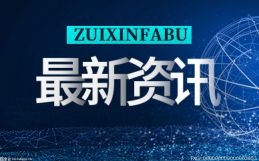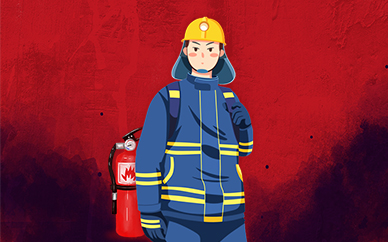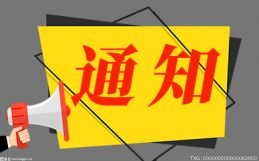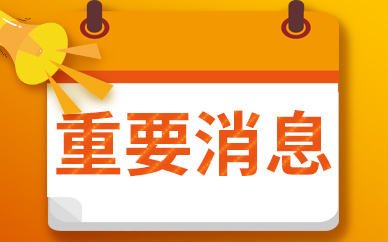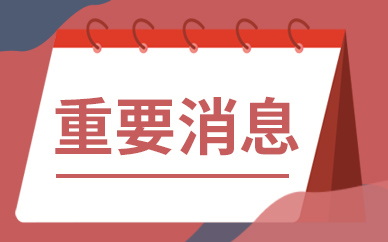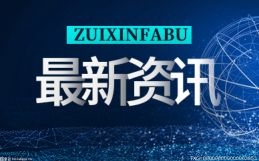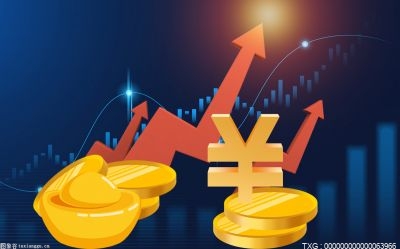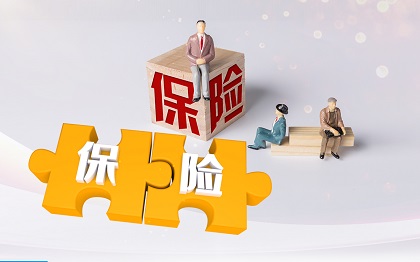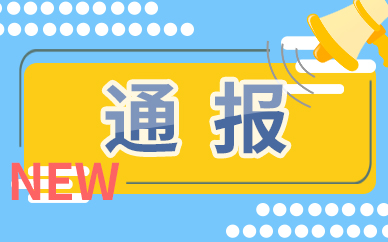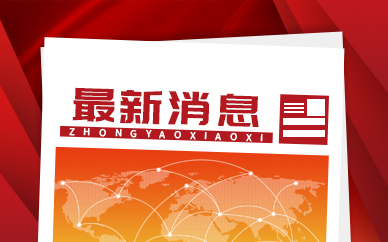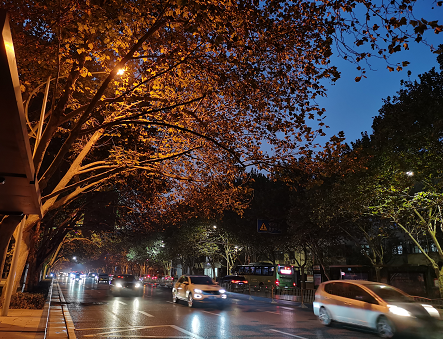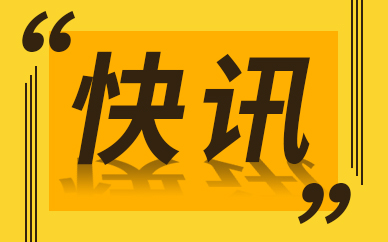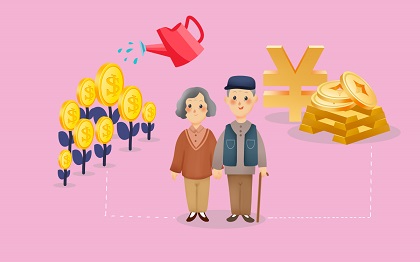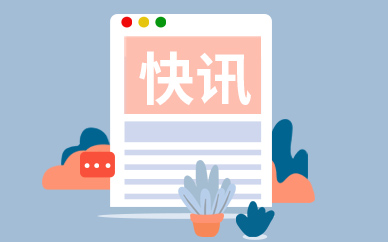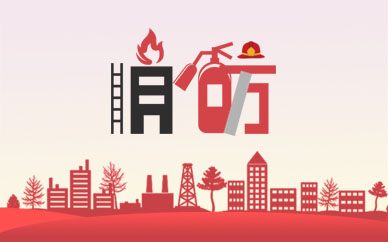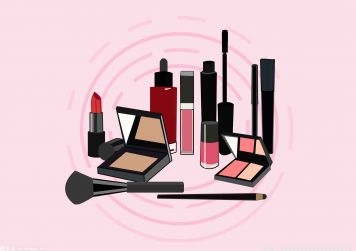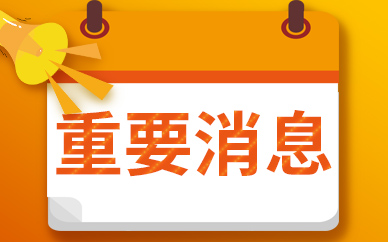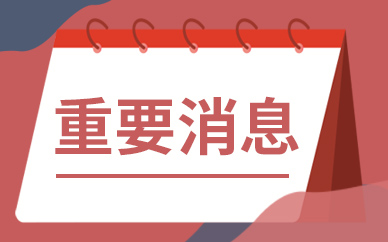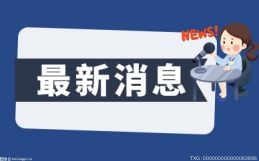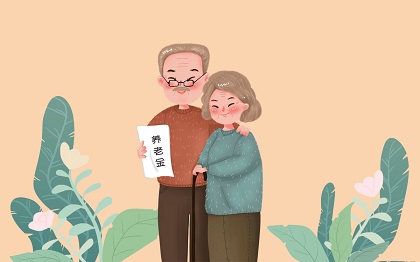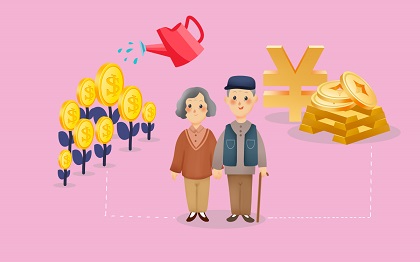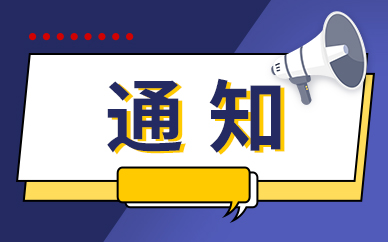S: Hi everyone. Welcome to CBN Friday Special. I’m Stephanie LI.
 (资料图)
(资料图)
T: And I’m Themis.
S: Themis, it is burning hot today, shall we go get some ice cream for a little treat?
T: Good idea. Just a heads-up, you might need to be prepared for some changes, because popsicles now cost 10 yuan or above.
S: Oh, indeed. Last time I went to a convenient store, I could hardly find any ice cream pricing 3 yuan or below, but many new releases are ranging from 8 to 18 yuan. These ice creams at higher prices are produced by new brands like Chicecream, or Zhongxuegao in Chinese, as well as some traditional brands like China"s dairy giant Yi Li.
In fact, last night the hashtag “Zhongxuegao” once again rushed to the top of the most discussed topics on China’s microblog Weibo, as people are talking about a rather funny topic: how to avoid the “ice cream ninja”?
T: What is the “ice cream ninja”?
S: The term is coined by creative Chinese netizens to refer to the inconspicuous ice cream you may find hidden at the convenient store, with a name that you’ve never heard of, but when you’re about to pay for it, your wallet might get “bleeding” for the jaw-dropping high price, like an unexpected stab by a ninja!
T: Hahaha, that’s so funny, and so true. And many cultural sites in China have also started offering customised ice cream bars up from 20 yuan per serving over the last few years, lifting the average spending on the summer frozen treat. Places such as the Palace Museum in the Forbidden City and the Tianjin Museum offer replicas of museum artefact in ice cream form, while visitors to the Emperor Qinshihuang"s Mausoleum Site Museum in Shaanxi can get their very own, delicious, terracotta soldier. The flavours are just as varied, ranging from strawberry to chocolate, tiramisu to peony. In this way, tourists pay not only for the frozen dessert they taste, but also for the culture it represents.
S: The premium on the sweet frosty cones also comes from the partnership between different industries. China"s leading producer of baijiu, Kweichow Moutai announced to sell ice cream in cooperation with Mengniu Dairy, China"s major dairy producer. The strong spirit-infused ice creams with 3 flavours, matcha, chocolate and green plum, are priced at 59 and 66 yuan a cup.
But looking from a different perspective, the Moutai ice cream is more affordable, if you compare it with a bottle of Moutai Liquor. A 500 to 700 ml bottle of Moutai typically costs from 1,499 yuan, to over 16,000 yuan for rare vintages, turning the experimental products of China"s most expensive type of baijiu into a buzz. According to the distiller, the sweetened Moutai desserts recorded a sale volume of 200,000 yuan in over 900 orders for more than 5000 cups within 7 hours after the debut.
T: Even a vinegar producer follows to jump on the innovative ice cream bandwagon, in an attempt to win over younger fans. Established in 1840, Zhenjiang Hengshun Vinegar from Jiangsu Province of China offers 3 new types of ice cream with food vinegar and, yellow wine and brewing soy sauce added respectively. The frozen treats with unusual ingredients are priced at 18 yuan per serving.
S: In fact, compared to the sensational crossover partnership, consumers actually care more about the surging prices of the common summer treat. On Weibo, “Zhongxuegao”-related topics have gained huge traction among Chinese netizens, with over 840 million views and 127,000 discussions as of today. And the result of a poll on Weibo also showed that people prefer affordable ice cream, pricing at 2-5 yuan.
So Themis, why did our favourite summer treats become more expensive now? What happened in the ice cream market?
T: Well, I think one of the answers might go to the inflation of raw materials. According to China"s consulting institute iiMedia Research, the cost of milk and light cream soared about 80% from 2008 to 2020. If the ice cream producer deploys healthier ingredients, the price of the popsicles will climb higher. Known for innovative flavours, Zhongxuegao claimed that one of its new products made of guava and coconut is low in calorie and fat.
The consumption appetite of younger generation elevates the price of ice creams as well. According to the report on China"s ice cream industry published by institutions including China Green Food Association, people aged 13 to 29 contributes more than any other groups in buying the summer frozen treats. Compared to enjoy the relief from summer heat with popsicles, the younger ice cream fans are also eager to share new releases on social media and appreciate the culture behind. Though the summer dessert now costs more, young consumers are willing to pay extra for the innovation and culture.
Besides, the distributors also add costs to the final price of ice creams, as they usually take 25% to 40% from a sold item. Taking two famous Japanese convenient stores in eastern China as examples, they earn 4 yuan for an ice cream bar sold at 10 yuan. To ensure that the ice cream could reach more consumers, the producers need to take the profitability of their distributors into consideration when setting prices.
S: You’re right. But make no mistake, the profit margin of high-end ice creams is still attracting more brands to join the race. Yi Li, staying the top spot of the industry for 27 years, recorded a gross profit margin of 40.27% on cold beverage products in 2021, rising from 36% in 2015.
The ice cream industry in China is growing at a fast pace in recent years. From 2015 to 2021, the market expanded over 90% to 160 billion yuan. Representing the high-end ice cream brands which first show up on the internet, Zhongxuegao sold 800-million-yuan worth of frozen treats in 2021, doubling the sales volume year-on-year. As of May, the industry"s rising star has sold out 220 million bars this year.
T: Meanwhile, overseas brands are racing to get a bigger slice in market share of the world’s second largest economy too. The Belgian Magnum under Unilever announced last year to build a first production line of soft serve ice cream in Guangzhou with 1 billion yuan, while American"s Dairy Queen planned to open 600 new outlets in China by 2023.
S: It seems that the ice cream market in China is still expanding. So what’s next? Will the high-end brands continue marching forward?
T: I’m not so sure about that, because not everyone is willing to pay for an overpriced popsicle. On China’s social media, netizens are discussing cheap alternatives of the frozen treats. And in small cities where local consumers are more price sensitive, ice creams at 1-3 yuan still dominate the market.
S: On the other hand, the existing frenzy is, to some extent, fuelled by large-scale marketing, especially for the new brands like Zhongxuegao. More than 20,000 posts about Zhongxuegao have been published on Xiaohongshu, China"s version of Pinterest, some of which reportedly cost more than 10,000 yuan per post. It remains a question for how long Zhongxuegao could keep up with excessive spendings on marketing.
The shrinking bubble of milk tea, another consumption frenzy in the country, might be hinting the future for the high-end ice cream market. Earlier this year, China’s premium bubble tea chains Hi Tea and Nayuki both announced to cut prices of their products by up to 9 yuan and to put a cap on prices at less than 30 yuan for a cup.
T: Over the past years, the increasing price and the booming new releases of ice cream have proved the potential and innovation of the industry in China, as the younger generation are shifting their consumption appetite. But back to the origin, ice cream serves a type of food, where food quality and taste matter most.
S: Exactly. That’s all for today. Stay cool and see you next week.
炎炎夏日来了,今夏你也失去“雪糕自由”了吗?
烈日当空,很多人最大的快乐莫过于来一支冰镇爽口的雪糕。但这个夏天,那些躲在冰箱里看起来平平无奇的雪糕,却被网友们调侃为“雪糕刺客”,它们会在你结账时,用价格给你的钱包狠狠的刺上一剑。
事实上,网友们的感受并不是错觉。无论是超市、冷饮批发店还是电商平台,几乎都已经看不到5元以下雪糕的身影。老品牌接连涨价、新品牌推出的雪糕价格也大多都在10元/支以上,就连记忆中普遍售价5毛钱的糯米糍,也被中街以6元价格彻底终结。
看到雪糕市场巨大的发展前景后,越来越多的品牌选择跨界“杀入”高端冰淇淋雪糕市场,试图在冰品市场分得一杯羹。
今年5月,茅台与蒙牛联名的茅台冰淇淋首发上市,包含三种口味,青梅煮酒、经典原味和香草口味,售价从59元至66元。同时,“醋王”恒顺醋业不甘落后,也推出了三款雪糕,口味分别为“香醋”、“黄酒”和“酱油芝士”,其价格也皆不便宜,每支雪糕售价18元。
除联名雪糕外,文创雪糕也是这几年讨论热点之一。例如北京故宫瑞兽雪糕、西安城墙雪糕、兵马俑雪糕等等。这些文创雪糕平均单价一般在15-30元之间。从“吸睛”到“吸金”,文创雪糕已然成为景区二次消费的主力军。
事实上,比起创新,价格才是大部分消费者最关心的问题。据艾媒咨询调研,2022年,网友对单个雪糕的接受价位大多在3~5元之间,所占比例为37%;其次是5~10元,占比为33.9%。
那么,为什么雪糕的价格还是越来越高呢?根据数据显示,雪糕原材料成本的上涨是雪糕涨价的原因之一。2008年至2020年,牛奶、淡奶油等原料成本上涨了大约80%。此外,雪糕的冷链运输成本大约比传统货运贵了40%到60%。
Z世代成为消费的主力军也是推动雪糕价格上涨的一大诱因。《中国冰淇淋雪糕行业趋势报告》显示,我国冰淇淋市场的主要顾客群年龄集中在13-29岁,且消费场景已经从单纯的消暑解渴,向社交分享、文化共鸣、居家零食等方向转变。在文创、IP联名以及拆盲盒等年轻人喜爱的营销方式加持下,依然会有人愿意乖乖掏钱。
此外,日益增长的渠道成本也是不可避免的因素。厂家不仅要承担条码费、陈列费,还要承担前后台费用,这笔费用通常在25%-40%之间甚至更高。在上述层层成本叠加之下,经销商还需要承担货损、退货、账期等成本。
即便如此,火热的雪糕赛道还是不断有玩家涌入。前瞻产业研究院数据显示,2015年到2021年,雪糕冰淇淋行业的市场规模,由不足900亿元增长至1600亿元,六年间累计上涨超90%,中国冰品市场规模稳居全球第一。
同时,雪糕在线上市场也有很强的发展潜力。CBNData数据显示,2019年线上冰淇淋品牌数量为140多家,相比于2018增加了80多家。2019年天猫双十一活动期间,冰淇淋的销量同比增长123%。
那么,未来的高端雪糕市场形势一片大好吗?
事实上,不是所有贵的雪糕都能叫好又叫座。在消费水平低的小县城,主要还是以1-3元的雪糕为主,且小县城的消费者对价格敏感,品牌很难大幅度涨价。
其次,相比行业巨头,网红品牌的高营销难以支撑其高增长。业内人士透露,钟薛高小红书的相关笔记2万余篇,每篇价格在200到上万元不等。在高企的营销成本下,钟薛糕未来能否持续盈利是一个未知数。
尽管从市场趋势以及供应链的角度来看,少数品牌有充足的理由冲击高端市场,但是这并不意味着涨价成风是一个合理现象。例如,今年年初茶饮行业“三巨头”喜茶、奈雪的茶和乐乐茶接连宣布降价,并承诺未来饮品将“告别30元”。
这次“新茶饮”市场的统一降价或许给“高价雪糕”市场提了个醒。因此,雪糕行业的玩家,还是应该看到中低端市场的缺口,尽力满足大部分消费者的需求。
总之,比起层出不穷的新造型和跨界联名,雪糕终究还是用来吃的,而近期人们对于雪糕的价格的讨论或许体现了人们消费心态的转变。正如央视网所认为的:“消费升级不等于越卖越贵,价格高也不等于能长期扎根市场。质量加上与之匹配的价格,才能吸引消费者长期购买。”产品也许会有高中低档,但终究要回归到市场的真实诉求。
Executive Editor: Sonia YU
Editor: LI Yanxia
Host: Stephanie LI,Themis QI
Writer: Stephanie LI, Themis QI, JIA Yuxiao
Sound Editor: Themis QI
Graphic Designer: ZHENG Wenjing, LIAO Yuanni
Produced by 21st Century Business Herald Dept. of Overseas News.
Presented by SFC
编委: 于晓娜
策划、编辑:李艳霞
播音:李莹亮、戚婉莹
撰稿:李莹亮、戚婉莹、贾雨逍
音频制作:戚婉莹
设计:郑文静、廖苑妮
21世纪经济报道海外部 制作
南方财经全媒体集团 出品

